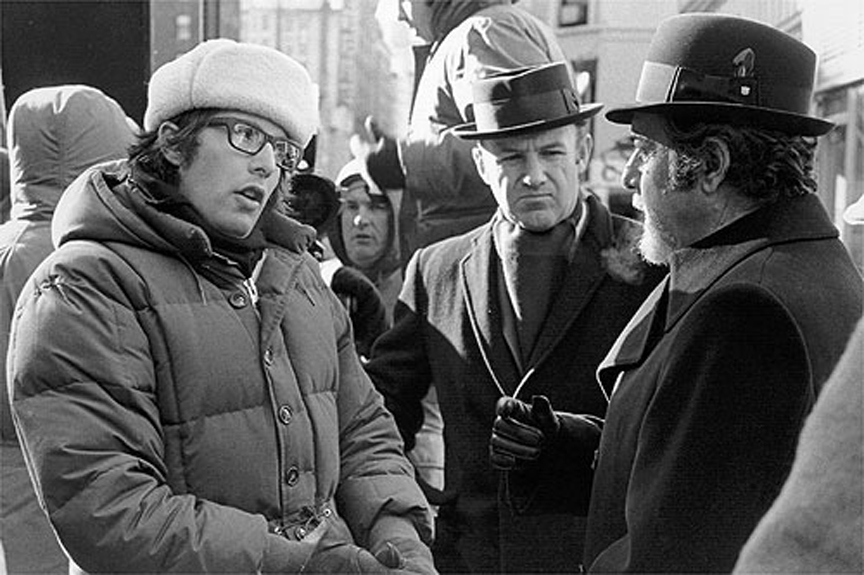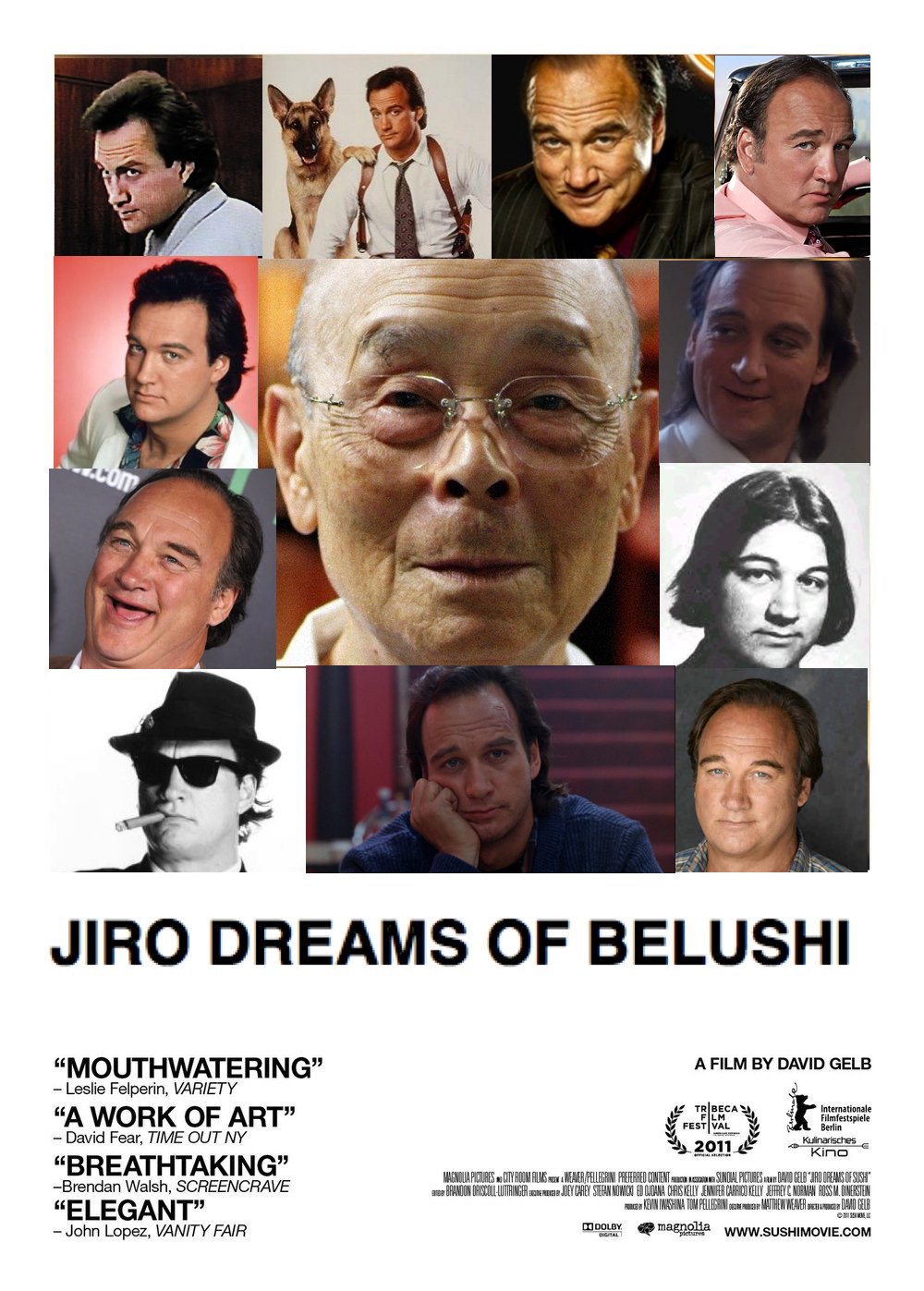DAVID GREENE, HOST:
You are about to hear one of the most famous voices in America. Vin Scully has been the play-by-play announcer for the Dodgers for 67 years. When he started, the Dodgers played baseball in Brooklyn. They moved to Los Angeles in 1958. Scully’s voice, as baseball fans know, is like no other, and the memorable moments are countless.
(SOUNDBITE OF ARCHIVED RECORDING)
VIN SCULLY: And look who’s coming up.
GREENE: This was 1988, World Series, Game 1. Injured Dodgers slugger Kirk Gibson limps to the plate.
(SOUNDBITE OF ARCHIVED RECORDING)
SCULLY: High fly ball into right field – she is gone.
GREENE: Gibson’s ninth inning home run helped send the underdog Dodgers to a championship over the Oakland A’s. Vin Scully – he’s now 88 years old, and he is going to be calling his final Dodgers game in a couple weeks. When I reached him by phone, he talked about, well, this sound that you’re hearing.
(CHEERING)
GREENE: This drew him to sports in 1935. He was 8 years old. He would crawl under his family’s four-legged radio to listen to college football, waiting for the roar of the crowd.
SCULLY: When that roar would come, it was like water coming out of a shower head. It would just seem to pour all over me, and I would get goose bumps. And originally, I thought, gee, I would love to be there.
GREENE: Well, this is an amazing thing because you often hear about your belief in the art of silence and sometimes just as a broadcaster stepping back and allowing the roar of that crowd to just sit there with all of us. And I guess I now understand why listening to you talk about that.
SCULLY: Yes. In fact, it’s just come to me second nature. I would try to call the play as accurately and quickly as possible, and then I would shut up and sit there listening to the roar. And for a brief moment, I was 8 years old again, you know.
GREENE: Well, you know, one moment when you really let the roar of that crowd stand – 1974 and Henry Hank Aaron breaking Babe Ruth’s home run record. I mean, can you take me to that moment?
SCULLY: It was an incredible moment. In fact, it was the most important home run I’ve ever called.
(SOUNDBITE OF ARCHIVED RECORDING)
SCULLY: One ball and no strikes, Aaron waiting, the outfield deep and straightaway – fastball, it’s a high fly to the deep left center field. Buster goes back to the fence. It is gone.
(CHEERING)
SCULLY: The first thing I did was shut up because that place went bananas, and his family was coming out onto the field, and firecrackers were going off. So there were no words for me to express at all. And I got up from the table and went to the back of the room and let them roar.
(CHEERING)
SCULLY: And I think I poured a little glass of water and took a sip. And all of a sudden, while I was standing there, luxuriating with the roar of the crowd, it suddenly hit me. And that minute or however long shut up gave me that thought, which I then expressed.
(SOUNDBITE OF ARCHIVED RECORDING)
SCULLY: What a marvelous moment for baseball. What a marvelous moment for Atlanta and the state of Georgia. What a marvelous moment for the country and the world…
That a black man in the Deep South was being honored for breaking the record of a white icon.
(SOUNDBITE OF ARCHIVED RECORDING)
SCULLY: The record of an all-time baseball idol. And it is a great moment for all of us and particularly for Henry Aaron.
That really, through the grace of God, summed up the moment I think very well.
GREENE: It sure did. And, you know, I wondered if you, thinking that that could happen, had written some of those notes down…
SCULLY: Oh, no.
GREENE: …Because it was so poetic – no.
SCULLY: In all honesty, David, I have never, ever prepared to say something about an event that might occur because I might be so interested in displaying my pearls of wisdom that I might do it prematurely, and it doesn’t work. So that would be terrifying. So no, it was a very honest moment for me completely.
GREENE: You know, your final game is going to be calling a Dodgers-Giants game, you know, once rival franchises in New York now transplanted like you to California. How special is that?
SCULLY: It’s extremely special, David. And if you don’t mind, I’ll tell you one little story.
GREENE: Please.
SCULLY: I was about not quite 9 years old, and it was 1936. It was – the World Series was on, and it was October the 2. And I was walking home from school, and I went by a Chinese laundry, and there was the line score of that World Series game. And I stopped to look at it, and the score was 18 to 4 in favor of the Yankees. And my first reaction as a child was, oh, the poor Giants. And because of that, I became A, a baseball nut and two, a rabid Giants fan. Well, it makes it kind of interesting my last game will be a Giants-Dodgers game in San Francisco, October the 2, 2016.
GREENE: Yeah.
SCULLY: It will be exactly 80 years to the day when I first discovered baseball.
GREENE: That’s amazing. Being a rabid Giants fan as a youngster, are you pulling for the Giants even though you’re a – you’re the Dodgers broadcaster?
SCULLY: No. In all honesty, once you become a professional, number one, you’re no longer a fan. I don’t root for the Dodgers really. I just try to do the game as best I can. And the winning and the losing will take care of itself.
GREENE: Why retire now? How did you know this was the moment?
SCULLY: Well, you know, in November, I’m going to be 89, and I’ve been able to do just about everything that I ever wanted to do. I didn’t feel that it would be right that I would try to continue broadcasting when I’m going to be 90 – God willing – next year. And then I also thought that I’ve had so many yesterdays, I’m not sure how many tomorrows I’m going to have. I have a wife I adore, 16 grandchildren, three great-grandchildren. So the only reason that I would want to do baseball would be for some selfish reason, and I don’t want to do that. So no, I will spend my tomorrows where I should be – with my family.
GREENE: Vin Scully, real pleasure and honor talking to you, and enjoy these final games you’ll be calling and just thank you – thank you so much.
SCULLY: Thank you very much, David.
(SOUNDBITE OF UNIDENTIFIED SONG)
UNIDENTIFIED SINGERS: (Singing) Your Dodger blue, your Dodger blue (ph).
GREENE: Dodger Blue. Vin Scully has been the voice of the LA Dodgers – well, they were the Brooklyn Dodgers when he started. He’s been doing it for an astonishing 67 seasons.
Copyright © 2016 NPR. All rights reserved. Visit our website terms of use and permissions pages at www.npr.org for further information.
NPR transcripts are created on a rush deadline by Verb8tm, Inc., an NPR contractor, and produced using a proprietary transcription process developed with NPR. This text may not be in its final form and may be updated or revised in the future. Accuracy and availability may vary. The authoritative record of NPR’s programming is the audio record.




